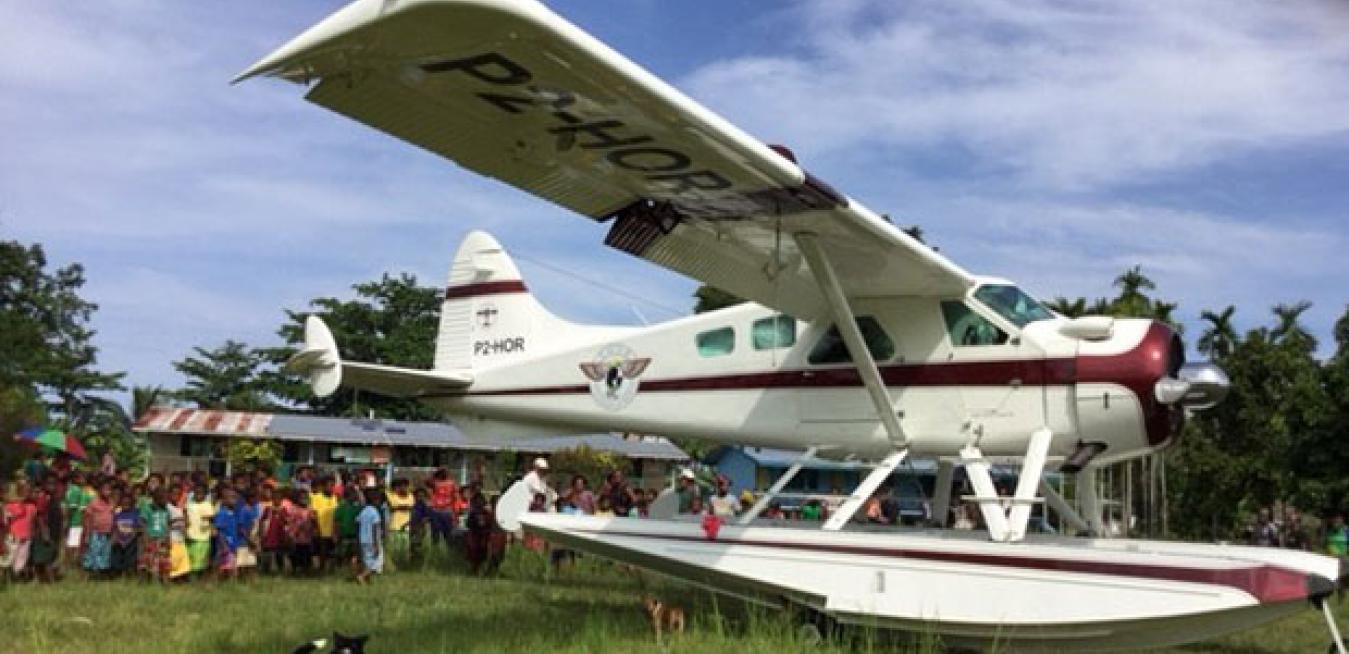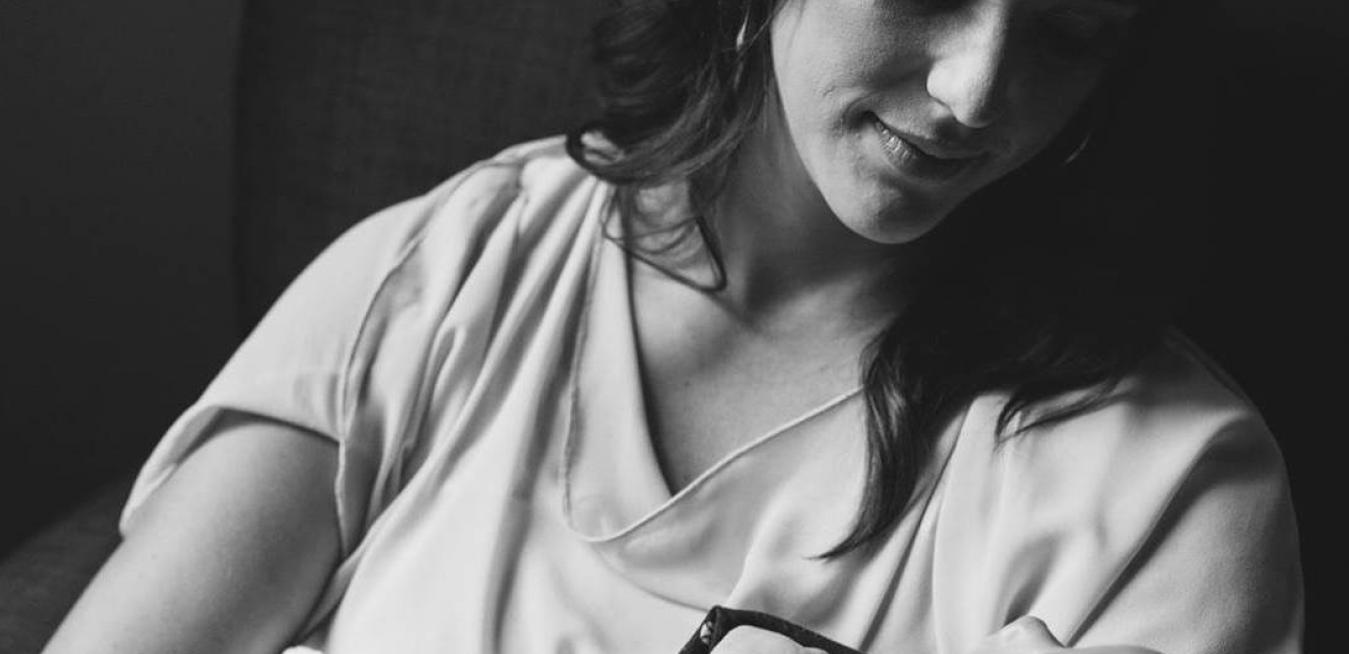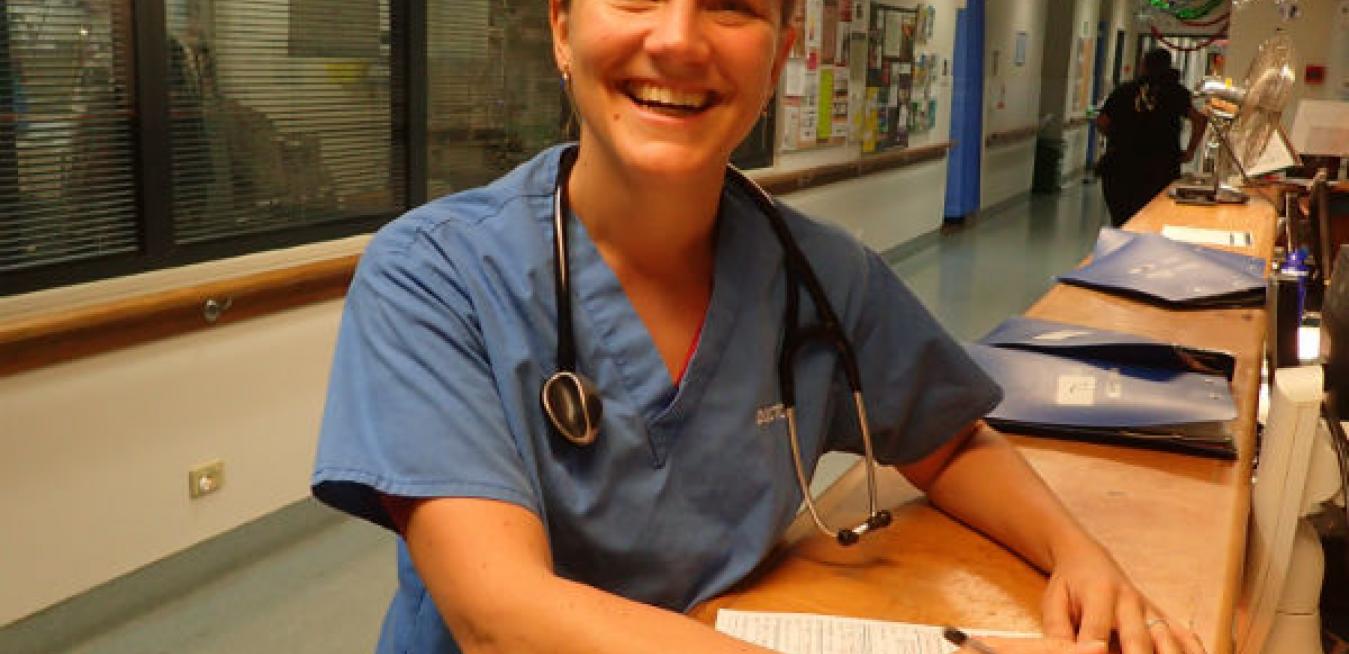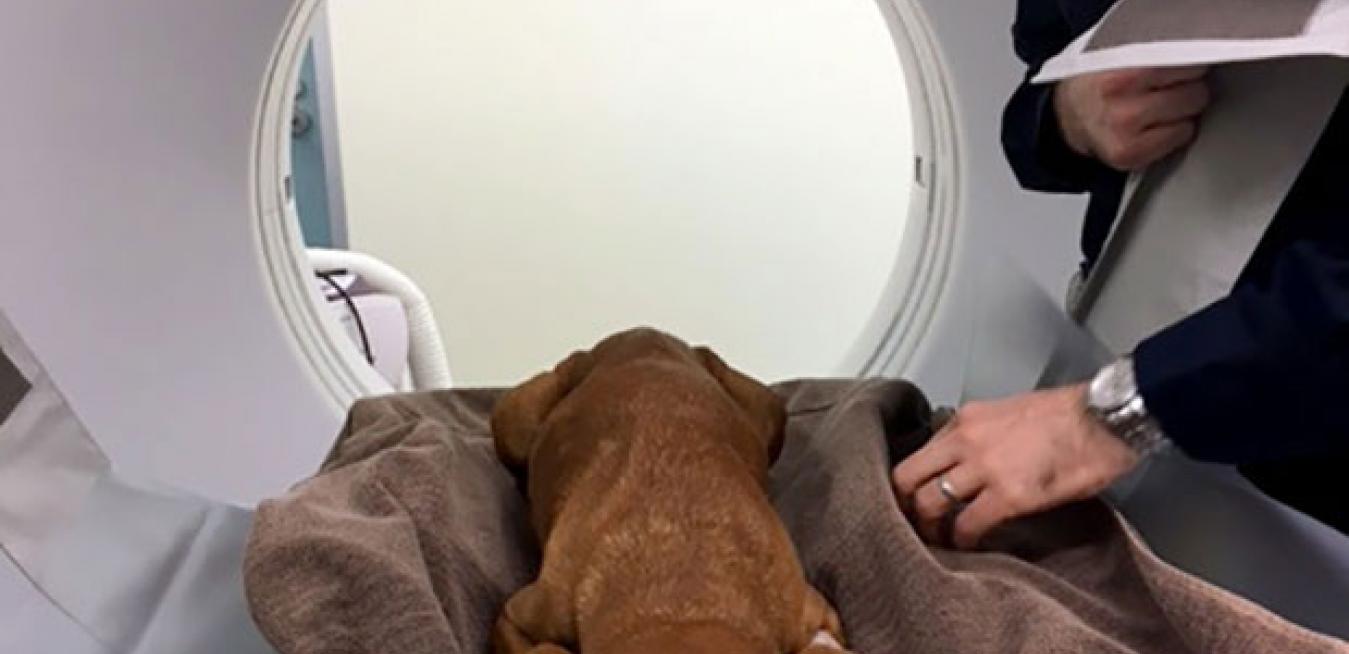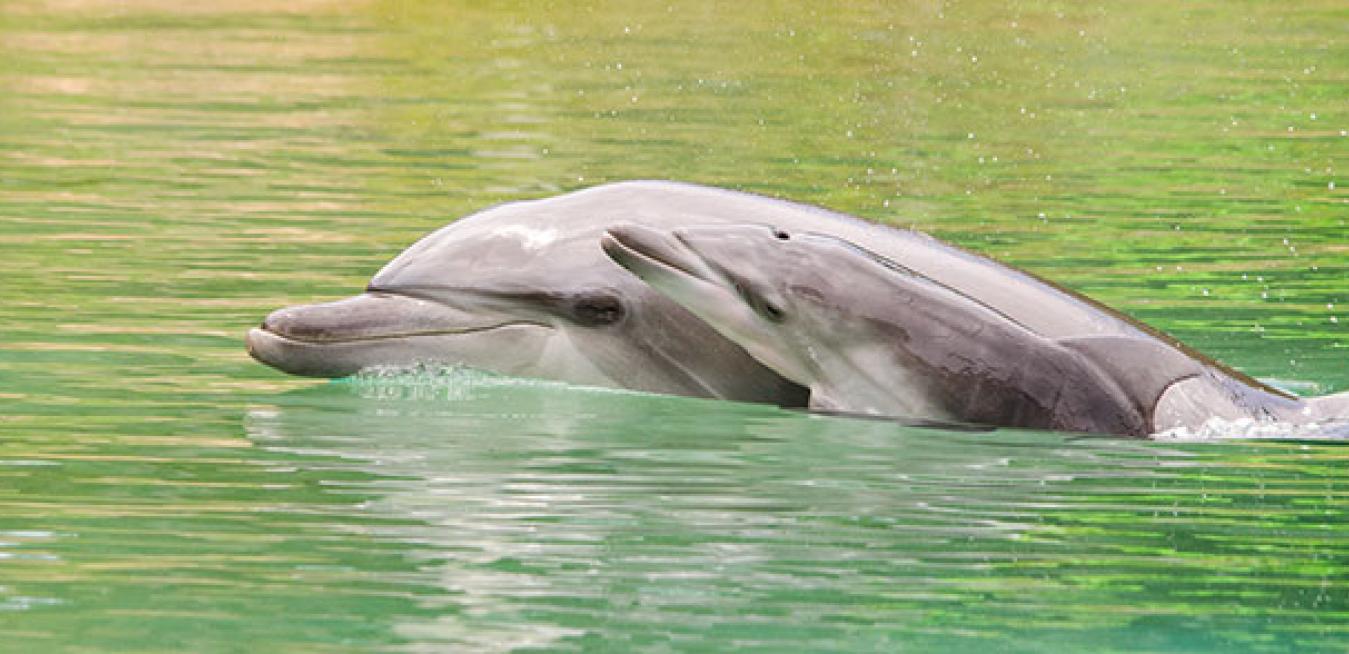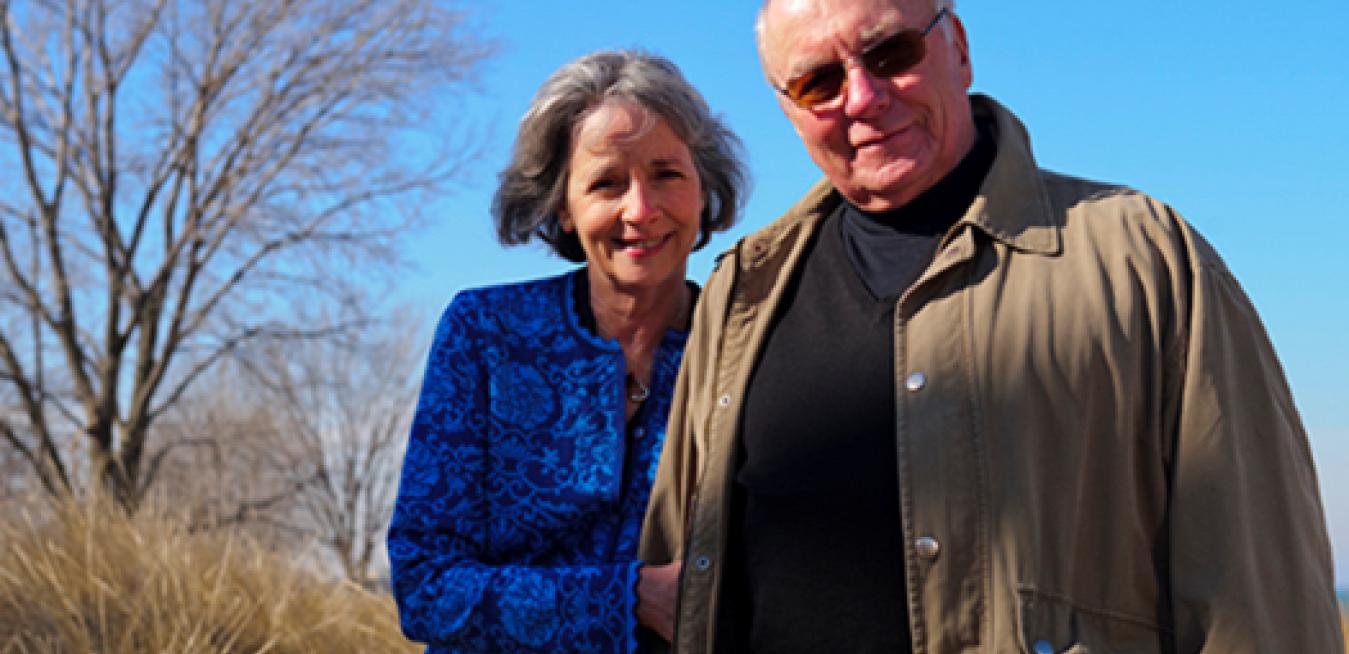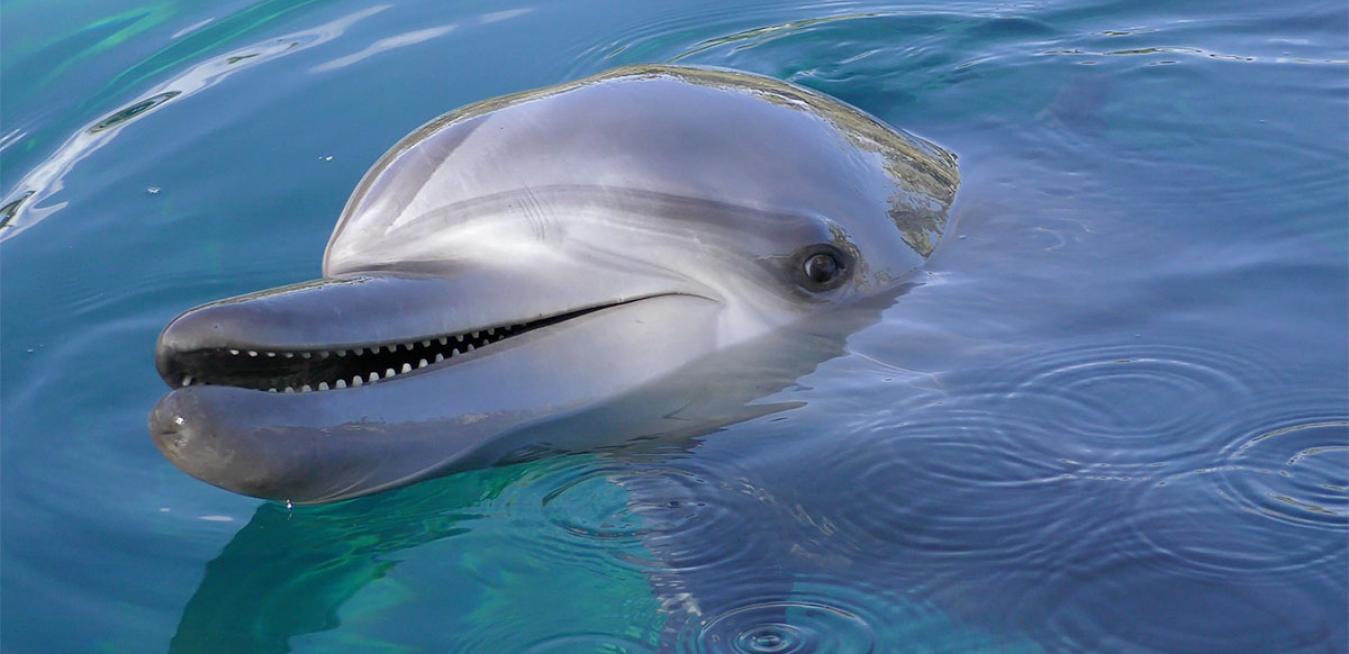Last Thursday I flew to the Sehulea health center, on an island off Papua New Guinea, through the only hole in the sky we’d had for months.
Last Thursday I flew to Sehulea health centre through the only hole in the sky for months.
Erica Endicott was almost halfway through her first pregnancy and she was feeling great. When the date rolled around for the second trimester ultrasound — a routine test doctors use to check that everything is going according to plan — she and her husband, Nate, were excited. This is the test when parents get to see their baby’s face for the first time, walking away with incredible images they will treasure for the rest of their life.
“Most people probably wouldn’t say this, but I love hospitals,” says Lane Konkel. As a child growing up in Wisconsin, the 26-year-old lean manufacturing engineer would accompany her father, an orthopedic surgeon, to his office. “I’d play around with the little models of the knee and pull on the ligaments or I’d visit patients post surgery. For me, hospitals are connected to a lot of really great memories.”
Travel to the northernmost point of Australia’s mainland, and then another 39km across the Torres Strait and you’ll reach Thursday Island, one of the country’s most remote communities. A year ago, Emma and Lindsay Pickstone moved here with their two young children and began working at the local hospital, she as a doctor and he as a mechanical engineer, pursuing their shared ambition to help improve the lot of Australia’s disadvantaged populations.
His luck continued to point upwards when vets gently sedated him for an examination in their brand new CT scanner, which uses multiple X-ray “slices” to build up a detailed image.
She got the dreaded news a few days later while waiting for her luggage in the Washington D.C. airport: it was invasive breast cancer.
“The beautiful thing about ultrasound is that we can determine how old the foetus is and we can determine a due date for parturition, so that we can manage her a bit better,” says Dr David Blyde, “because we will generally separate the female out a few weeks before she’s due to give birth.”






